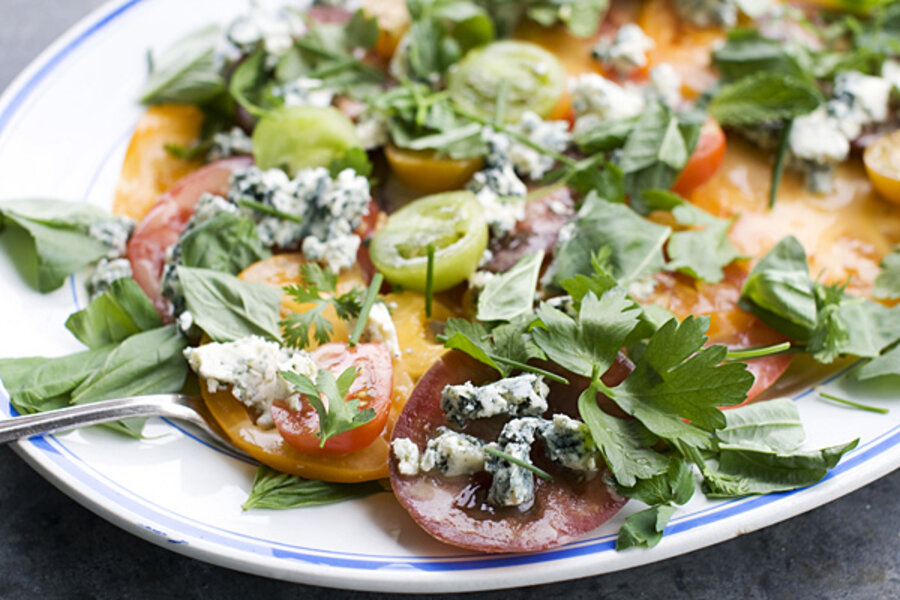The salad dressing principle: Homemade is better and cheaper
Loading...
Whenever I happen to look at the salad dressing options at a store, I’m always taken aback by the price. A bottle of the cheap salad dressing is usually at least two bucks. Want something that’s healthier or tastier? You’re paying more than that, without a doubt.
It’s absurd because most salad dressings are made up of a few very simple ingredients. The ones in the store usually include a bunch of extra stuff in them that I don’t even want, like MSG, extra salt, or flavors that I’m not particularly a big fan of. If you make it at home, you can use just the two or three things you actually like to make a killer dressing, leave out all of the junk you don’t want or need, and still enjoy it for a fraction of the price.
In fact, the only exception to this I can think of is that the salad dressing on the shelf will generally last longer sitting in the fridge than the dressing you make yourself. Preservatives help with that. Even so, if you eat a salad at home a few days a week, you should never have dressings or ingredients go bad.
So, let’s talk about salad dressing. Almost all dressings are based around oil of some kind. I generally just use olive oil as my basic ingredient for all dressings. It works well for everything. Since I use olive oil in many things besides just dressings, I generally buy it in bulk, which gets the price down pretty low.
The question then becomes what specific kind of dressing you like. Most dressings involve simply adding two or three additional ingredients to your olive oil.
For example, if you want blue cheese dressing, take two and a half cups of olive oil, add two egg yolks and stir until creamy, crumble in some blue cheese, add half a cup of buttermilk, and then add a pinch of salt and maybe a dash of Worcestershire sauce. Stir until consistent. That’s it. This makes an incredibly good blue cheese dressing that’s comparable to the higher quality blue cheese dressings you’d find at the store for about as much as the really cheap artificial blue cheese dressings.
Like ranch? One cup of oil, one egg yolk, one cup of buttermilk, 1/8 cup very finely chopped onion, 1/4 teaspoon of garlic powder, and maybe a dash of salt or pepper to taste. That’s all you need. Just mix all of this together until it’s very consistent. It’ll go smoother if you mix the oil and the yolk together first, then add all the other stuff and mix again.
Like thousand island? One cup of oil, one egg yolk, stir until smooth, then add two tablespoons of chili sauce, some finely chopped pepper and onion to taste, and a dash of Worcestershire sauce. Mix until consistent. That’s it.
You can go on and on like this, but the basic ingredients of any kind of salad dressing can easily be found online. Most just start with oil and add a few ingredients, mixing until smooth.
A few tactics:
Non-creamy dressings like Italian are usually far cheaper to make. They usually just involve taking some olive oil, adding some other elements to it (like a bit of vinegar and some tasty things), and shaking it up. This, to me, is a no-brainer to make at home.
Buy buttermilk in small quantities unless you have other uses for it. I usually buy it by the pint or quart. The cost for me is usually around $0.50 per cup (unless I hit a sale) and it tends to be the most expensive element of the creamy dressings.
Stick with making a small amount. I generally don’t want to store salad dressings in the fridge for a long time, so I’ll just make a cup or two of it when we make it. I generally use a small mixing bottle just for this purpose, so I’ll put all of the ingredients in it and shake it like mad. If I stick to making less than two cups, then I usually have just the right amount of dressing for at most two family dinners, which is about perfect for our family.
There’s no reason not to make salad dressing at home, especially if you prefer Italian or French-style dressing. It’s very easy to make, the basic ingredients are very cheap, and if you make it yourself, you’re skipping out on the additives that you’ll find in the salad dressing aisle at your store. Plus, if you use fresh stuff, it can be really tasty.
As I said at the start, the broad idea here applies to other things. Come up with your own solutions for disposable and consumable products at the store. Use a rag drawer instead of paper towels. Make your own pasta sauce from tomato sauce and spices. The more creative you are, the better things you can make and the more you can save.
The post The Salad Dressing Principle: If You Make Your Own, It’s Often Better AND Cheaper appeared first on The Simple Dollar.






